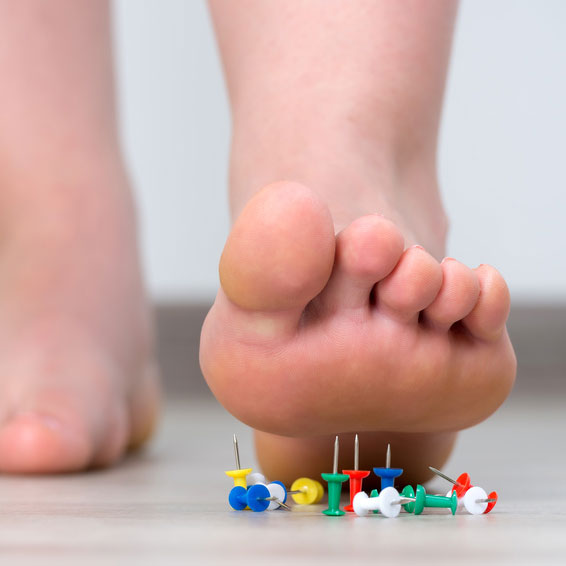Introduction:
Plantar fasciitis occurs when the thick band that connects the heel of the foot to the toes, the plantar fascia, becomes inflamed. The fascia can get irritated when the arch of the foot begins to fall. This can be from wearing shoes that are not supportive, including flat shoes with out arch support, high heals, minimal cushion, as well as an increase in weight. Pregnant women can experience this due to the large increase in weight over a short period of time. This puts extra pressure on the arches. Age is also a culprit. Sometimes you hear people talk about how their feet grew as they got older. This is actually because their arches are flattening and the foot is lengthening.
People afflicted with this typically feel sharp, stabbing pain in the arch and heel of the foot and it is usually worse in the morning or after they have been sitting for an extended period of time. Sometimes the foot can even be swollen. When severe enough, it can cause limping and the inability to walk at all. This effects more than 3 million Americans each year. While millions of dollars are spent on special arch supports, splints and gadgets to stretch the foot, all of these tools address the symptom of pain, but not what is actually causing the fascia to become easily irritated and the arch to drop.
History:
In February of 2016, a 49 year old, male, real estate developer, of average height and weight, entered the office with bilateral foot pain. He had been experiencing this sharp pain on the bottom of his feet off and on since 2009. About 6 months prior to coming to the office, he visited his primary doctor at Kaiser. He was diagnosed with plantar fasciitis and given arch supports. While the supports helped, the pain immediately returned when he took off his shoes and arch supports. He could not walk from his bed to the bathroom in the middle of the night with out excruciating foot pain. He had stopped participating in his weekly sports teams and running. When he arrived at the office, the pain was now into both of his calves and about a 7 out of 10 on the pain scale, where 10 is the worst pain ever and 0 is no pain.
Examination and assessment of neck:
The first notable observation about the patient’s feet were there were absolutely no arches when he stood up. Both feet were pronated. The entire bottom of both of his foot made contact with the floor. Both feet were slightly swollen and tender to the touch in the arches. Multiple subluxations, or misalignments of joints, were located throughout both feet.
Treatment:
The patient decided to start care right away. His care consisted of chiropractic adjustments, myofascial release of his feet and achilles tendons and multiple home care stretches and exercises. He received two adjustments the first week, and once a week for 4 weeks. He continued to wear his arch supports he received from Kaiser and was very diligent about his home care instructions. These included stretching his legs and feet multiple times a day, massaging and icing his feet, and doing his exercises to strengthen his arches. He was also instructed to no longer walk around barefoot.
An Activator Adjusting Instrument, or spring loaded instrument, was used to deliver the Chiropractic adjustment. This devise is very specific and gentle and especially effective in pinpointing specific bones and joints, since there are 26 bones each foot. After every adjustment, it would be followed by Myofascial Release Technique (MRT) on the feet, calves and ankles to loosen tight muscles and break up adhesions.
After the patient’s first adjustment, he reported he was able to walk across his bedroom floor and with less pain. By his 4th visit he had forgotten to do his stretches as frequently, but still daily, because his feet were not bothering him at all. He was instructed to continue doing his home care treatment plan, even though his feet were feeling good. On his 6th visit, he reported that he had gone to Disneyland and did not experience any foot pain besides the usual fatigue from walking all day.
Conclusion/Discussion:
While this patient responded very quickly to care in the beginning, this is not normal for all people. The fact that the patient was healthy, injury free, very diligent with his home care instructions and came to all of his appointments, most likely made his care that much more effective and successful. In conclusion, Chiropractic, and specifically the Activator Adjusting Instrument, is an effective method to treat plantar fascia pain and remove the problem to restore proper function.


